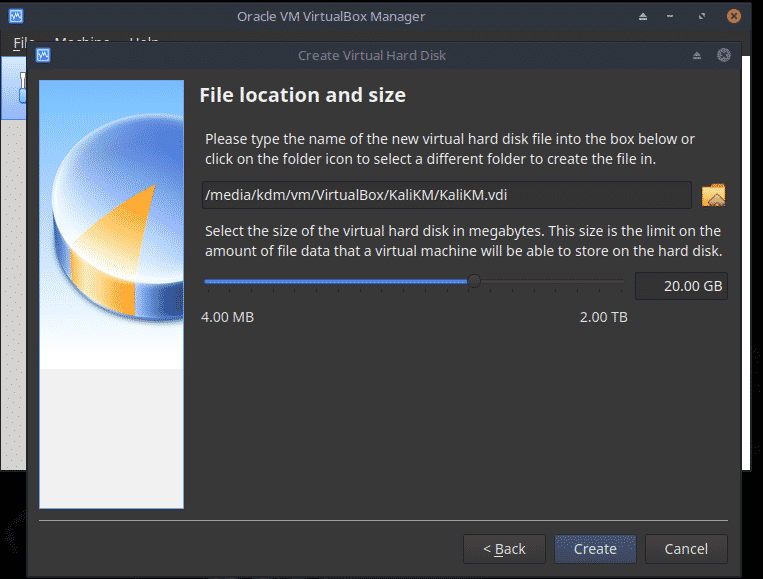

I’d need to drastically improve my Linux knowledge to help anyone with one of those. Anything else falls under the category of a “source-based” distribution (like Gentoo). Nearly every maintained distribution connects somewhere into the general distribution categories on Microsoft’s list. Almost no one picks up a copy of the Linux kernel and builds an all-new distribution around it. Truthfully, even though I’d like to tell you that we’re going to stray far, far away from the beaten path, we won’t. The distribution itself is based on Debian. With a bit of searching, you’ll find a plethora of guides on using Kali to test the strength of your Windows computers. In most of the introductory literature, you’ll find many references to “penetration testing”. The Kali Linux project focuses on security. For my first step outside the walls, I’m going to take a crack at Kali Linux on Hyper-V and see how to get this very popular security tool running inside a Hyper-V environment. But, I also realize that I’ve been restricting myself to the safe walled garden of enterprise-style deployments. Sure, I’ve had a good time learning other distributions and comparing them to what I know. Since my general line of work keeps me focused on the datacenter, I’ve similarly kept tight focus on server Linux builds and within the confines of Microsoft’s support matrix. I’ve taken full advantage of these new opportunities to rekindle my love for the C and C++ languages and to explore Linux anew.


Personally, I find Microsoft’s recent moves to improve support for Linux and its overall relationship with open source to be very exciting, including Kali Linux Hyper-V installations.


 0 kommentar(er)
0 kommentar(er)
